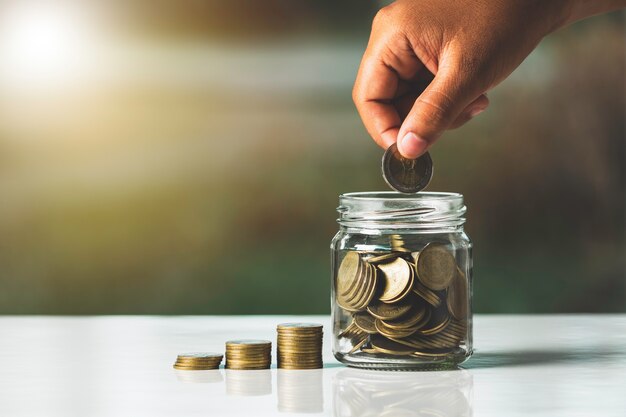
“Do not save what is left after spending, but spend what is left after saving.” – Warren Buffett
What is an Emergency Fund?
An emergency fund is a financial buffer set aside to cover unexpected expenses such as medical emergencies, car repairs, or job loss. It acts as a safety net, preventing you from falling into debt when life throws surprises your way.
Why is it Important?
Without an emergency fund, unexpected financial shocks can force you to rely on loans, credit cards, or even sell valuable assets. A well-built emergency fund provides:
- Financial Security – Covers urgent expenses without disrupting your budget.
- Peace of Mind – Reduces stress in uncertain times.
- Debt Prevention – Keeps you from borrowing at high interest rates.

How Much Should You Save?
Experts recommend saving three to six months’ worth of living expenses. However, if you’re just starting, don’t be discouraged—small, consistent savings add up over time.
Steps to Build Your Emergency Fund
- Set a Goal – Determine the amount you need based on your monthly expenses.
- Start Small – Even saving a little each month makes a difference.
- Automate Your Savings – Set up an automatic transfer to a dedicated account.
- Cut Unnecessary Expenses – Redirect non-essential spending toward savings.
- Keep it Accessible, But Separate – Store funds in a high-yield savings account for easy access without temptation.

Final Thought
Life is unpredictable, but your financial future doesn’t have to be. By prioritizing an emergency fund, you’re setting yourself up for stability, confidence, and control over your finances.
Start today—your future self will thank you!
